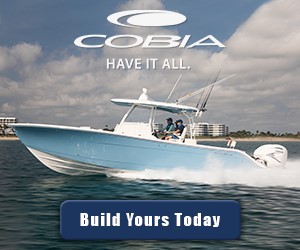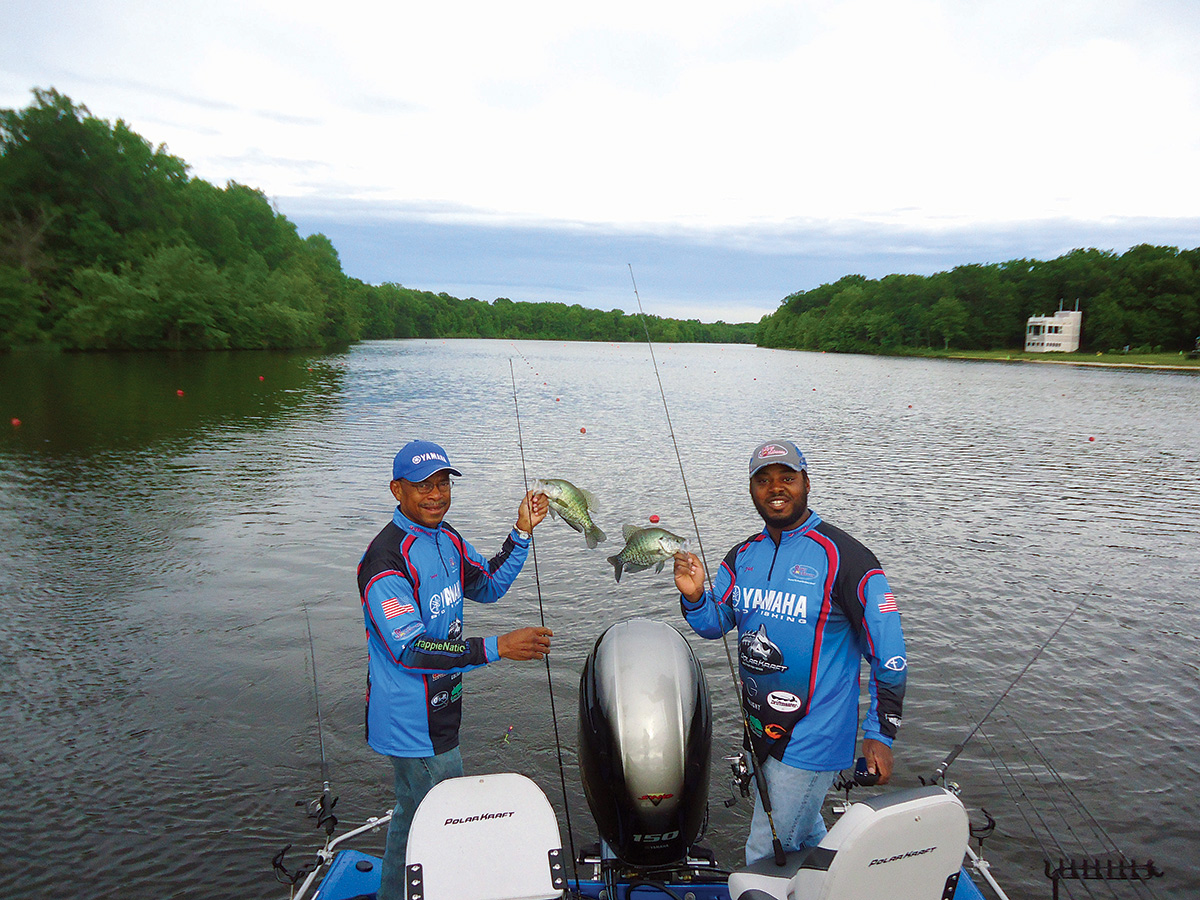
A party boat veteran offers his take on summertime tilefish action along the Jersey Shore.
No matter what you call it, long lining flat out catches crappie.As a youngster growing up in New Jersey, I had a lot to learn when it came to competing in crappie tournaments. My dad and I traveled down south for every spring and summer break to fish oxbows in a Jon boat with a fiberglass pole, dipping around visible cover. However, when we joined the tournament circuit; our humble technique of fishing did not cut it.
Fishing the tournaments took us to places like the Niagara River in Buffalo, NY, Kentucky Lake in Tennessee, Ohio’s Caesar Creek, Harris Chain of Lakes in Florida, Lake Lanier, GA and W. Weiss Lake, AL to name a few. We had to get with the program and learn new techniques in order to compete.
One technique we always witnessed being utilized especially in Alabama, Georgia and Florida was long lining. After getting our butts spanked several times in competition, it became crystal clear—we had to learn and master that technique in order to become competitive. So you know what we did right? We learned the technique!
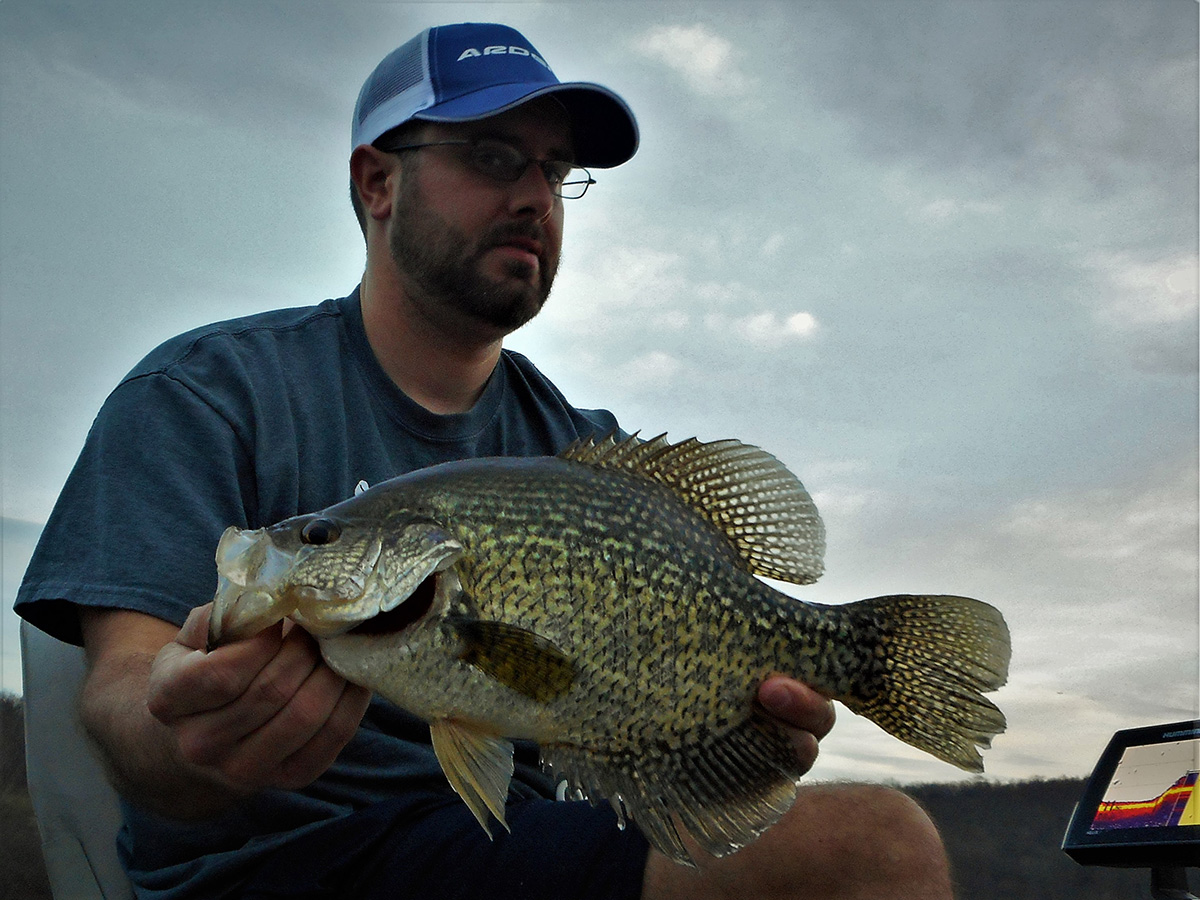
Cover Water Fast
Long lining also known as flat lining or pulling is an effective way to cover water fast. It eliminates unproductive areas and at the right times helps to put a limit of quality crappie in the boat. It is especially useful if you’re taking kids or beginners fishing. Long lining calls for you to cast, reel and watch. It is the perfect combination for a hyper or impatient personality. The thrill of seeing the rod bend is addicting. Additionally, only a minimum amount of equipment is needed to enjoy long line fishing.
To be an effective long line angler you need a rod, rodholders, GPS to see how fast you’re going and a trolling motor. When choosing rods, you can vary them in length and space them in 2-foot increments; 6- and 8-foot rods as an example. The rod needs to be medium action to allow for great hook sets without ripping the lure out the crappie’s mouth when you set it. It should also have some back bone to bring them in the boat. I use a 4- or 6-pound hi-vis line; it’s important to see your lines so when reeling in your fish you won’t get tangled up. Look for rodholders that are sturdy and adjustable.
Another important tool on the crappie trail is a GPS to tell you how fast you are going. You might also find a smartphone app that tells you your mph. Sometimes one speed will fill your cooler with crappie and another will only lead to a handful. Lastly, and this tool is very important; you need a variable trolling motor. Some people think that a fixed-speed trolling motor is all they need; the problem is when the fish require you to give them a slow presentation at .8 mph or slower, you won’t be able to do it. If you are just getting started, you can long line with a fixed speed trolling motor, but if you’re serious about this technique, you need to convert.
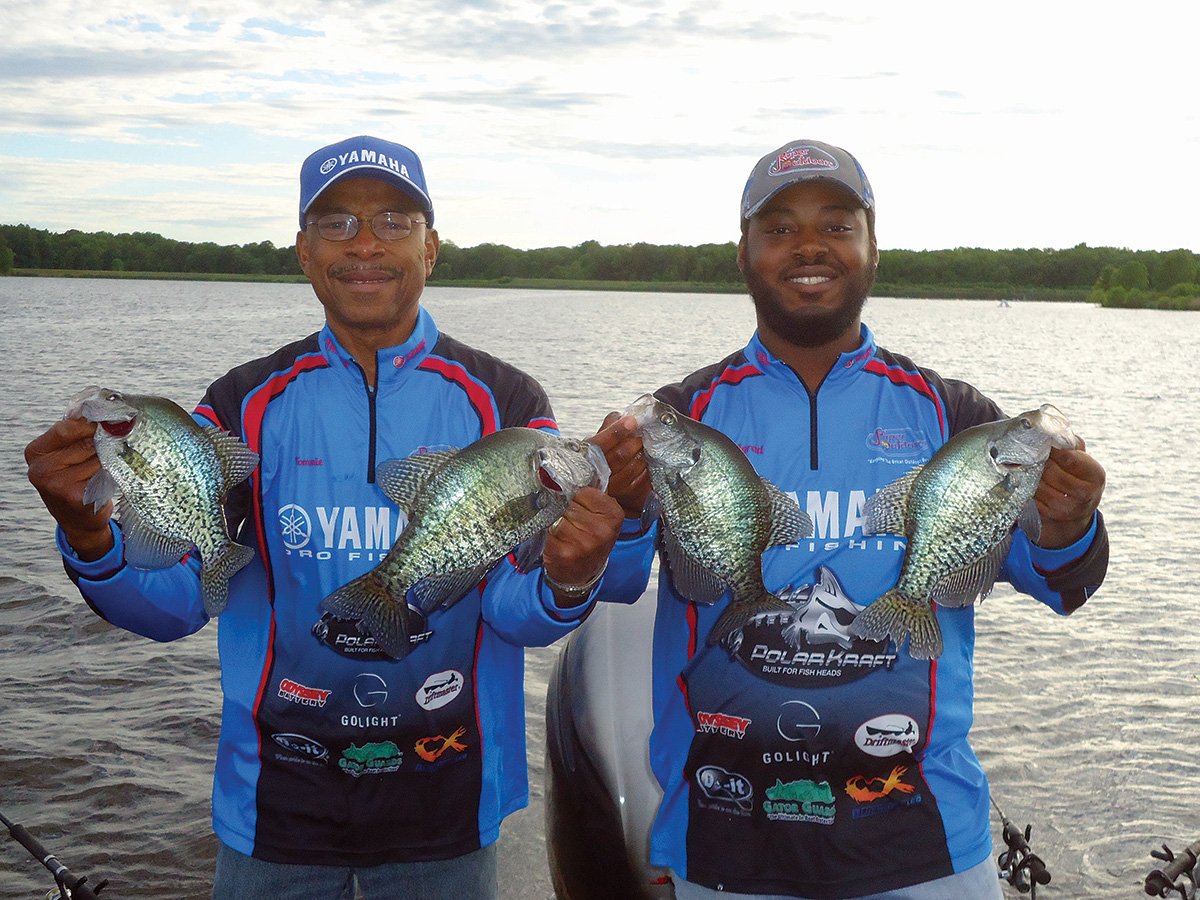
How To
It is very simple to get started. All you do is make one good long cast behind your boat. Normally I cast 60 to 70 feet back and set the rod in the rodholder. It is normal to fish with four rods out the back of your boat at a time, which is why hi-vis line is so critical. You control how deep or shallow your lures are running based on how much line you have out and how fast you are going. A great speed to start off fishing is .9 mph. After you have fished a little while at that speed, throttle up to 1 mph. Once you start catching fish look at how fast you are going and maintain that speed.
When To
Long lining is effective when crappie are scattered, roaming flats and concentrating on the edge of a channel or ledge. Pre-spawn, post-spawn and fall are when this technique is deadly. When crappie are scattered and not focusing on any type of cover or structure that’s your cue to fish this technique. During this time you might catch crappie 20 feet deep and the same day catch crappie 5 feet deep. Another reason why crappies scatter is due to following schools of bait fish. The long lining technique works because it doesn’t matter if the crappie are hungry or not. The type of lures we use to long line cause a reaction strike. In the same way that you can be stuffed from eating a huge meal, and then someone places your favorite dessert in front of you and you cannot resist, that’s the reaction strike of a crappie to the lure.
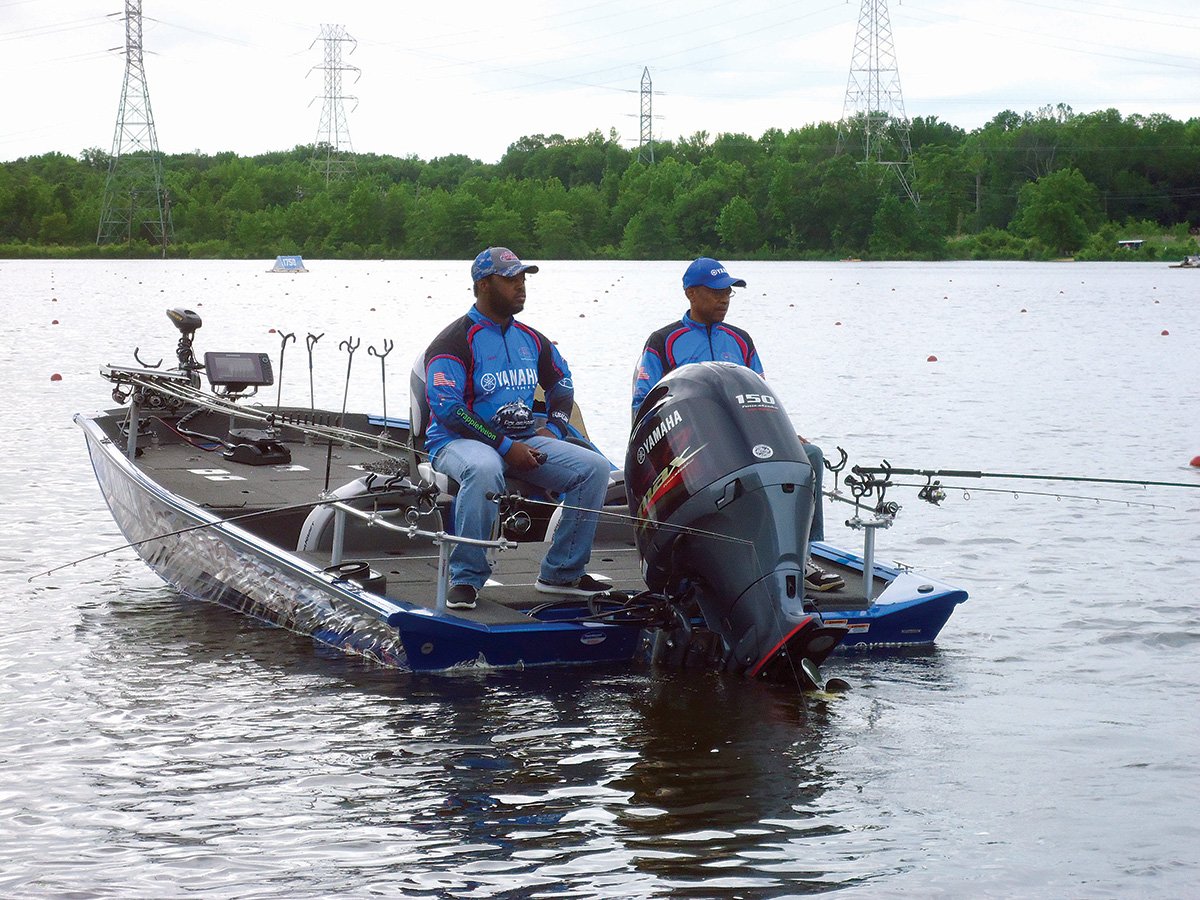
What To
The lures that are used to long line are curly tails, paddle tails, bladed jigheads with any type of plastic combination and also sometimes hair jigs. These baits/lures have a lot of action and trigger a bite when using minnows will not. Normally my line has two jigs spaced 4 feet apart. I attach them to the line by using a loop knot. The top jig’s loop is around 3 to 4 inches long, and the bottom loop is a half-inch. The reason we use a loop knot is that it allows the jig and lure to have no restriction of action. Start off with one 1/32-ounce jig if you are seeing crappie suspending high in the water column. Then go to one 1/16-ounce jig; if you’re still not catching fish switch to a 1/8-ounce.
Next time you’re looking to get into some big crappie, try long lining – spring, summer, fall, I promise you, more crappie will be in your boat throughout the season.
New Jersey native Jarad Roper is founder and owner of Roper Outdoors, LLC, based in Forrest City, AR. Together with dad Tommie, the father and son team fish the Crappie USA Tournament Trail and Crappie Masters Tournament Trail where they’ve racked up an impressive number of top finishes over the past decade. Learn more at
www.roperoutdoors.com.




